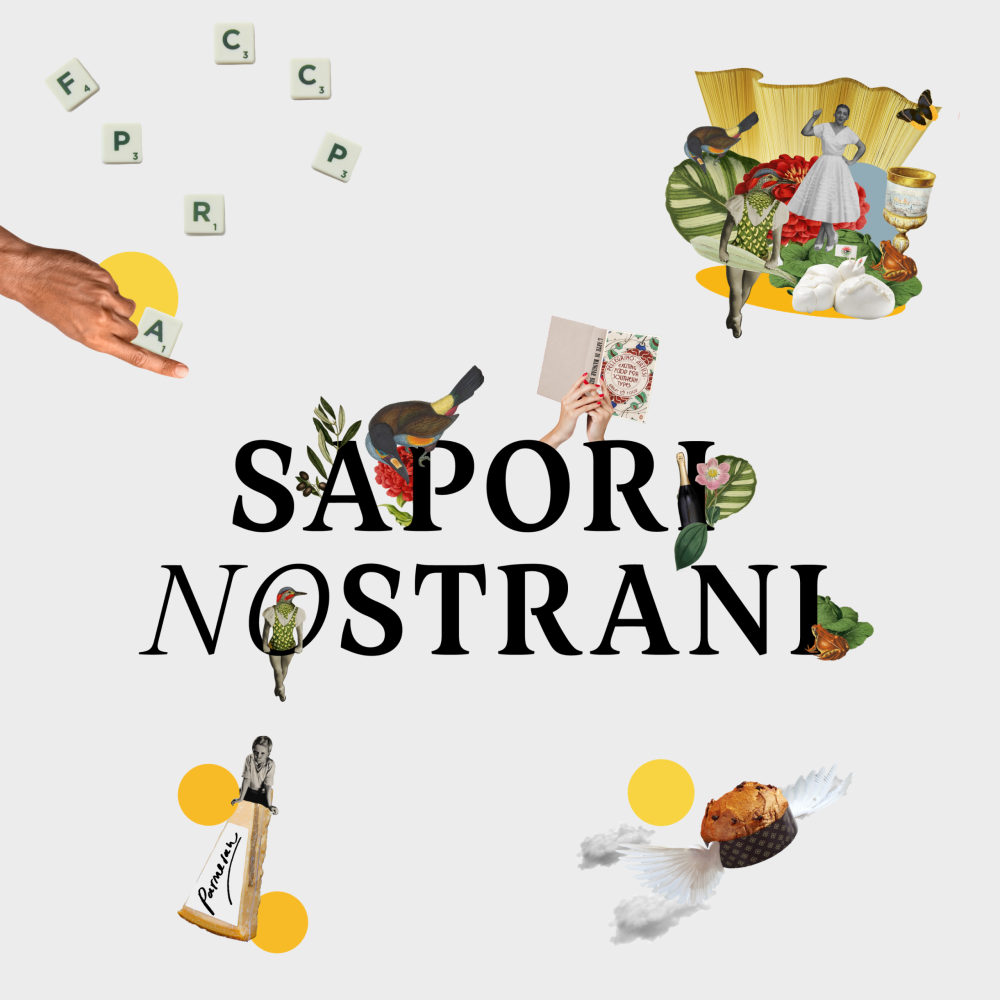
Italian sounds abroad: panettone
- Date
Panettone is both one of the most characteristic and characterising desserts of Italian cuisine, and one of the most famous and most frequently exported. The origin of the word can be found in the Milanese panattón, augmentative of pan (bread) or panett (small loaf of bread containing a large quantity of yeast). A "big bread" worthy of a big celebration: Christmas. The link with this anniversary is clear from the first definition of the dialectism, which can be found in an early 17th century glossary, the Varon milanese de la lingua de Milan (Milanese Varon, from the language of Milan), within the expression panaton de danedà 'big bread, which is usually made on Christmas Day'. The same thing occurred two centuries later, in Cherubini's Milanese-Italian Dictionary, where under the entry panattón we read: 'a kind of bread decorated with butter, sugar and raisins or Corinth grapes (ughett), which is usually made in various shapes in our city over the Christmas holidays, which is why we also call it El panatton de Natal between ourselves.
Two other distinctive elements were added after the raisins (ughett), when the dialectal term had already been transferred into common Italian. These were colourful candied fruit, and candied citron appears for the first time in Carena's New Italian Dictionary of Arts and Crafts (Nuovo vocabolario italiano d’arti e mestieri) along with the characteristic shape. The latter favours vertical leavening of the mix, giving it its typical pastry chef's hat shape, as described in the Grande Dizionario della Lingua Italiana: 'when cooked in the oven it takes on a characteristic shape, it swells in the upper part'. From round and flattened almost like a focaccia, the dessert then further developed to take on its current dome shape, on which the advertising of the 1920s and 1930 played, establishing the panettone-Duomo combination (Sergio 2015: 202-203 ).
However, Artusi had already documented the existence of industrial production of Christmas delicacies in the 1911 edition of his Science in the Kitchen and the Art of eating Well. At the end of recipe 604 entitled Panettone Marietta (Marietta's fluffy fruit cake, in honour of his housekeeper Marietta Sabatini), Artusi wrote: “It is a dessert that deserves to be recommended because it is much better than the Milanese panettone found on the market.”. With reference to this symbolic date, we can affirm that the spread of panettone on a large scale has been happening for one hundred and twelve years. Indeed, again in 1911 Alberto Cougnet, in his powerful Arte cucinaria in Italia (Culinary Art in Italy) observed: “Go to any city in the world – old or new – and you’ll find that panettone is dominant amongst large sweet pastries." It is in the New World that the dessert from Milan has become so popular its has even stimulated attempts at appropriation, including linguistic ones. This is the case of the Brazilian pascoattone: a pseudo-Italianism ("it sounds" Italian but isn’t), the result of a cross between Pasqua and panettone, which dries up the rich history of a word, historically used and handed down, which was first dialectal and then Italian.
Francesca Cupelloni, Sapienza, Università di Roma

